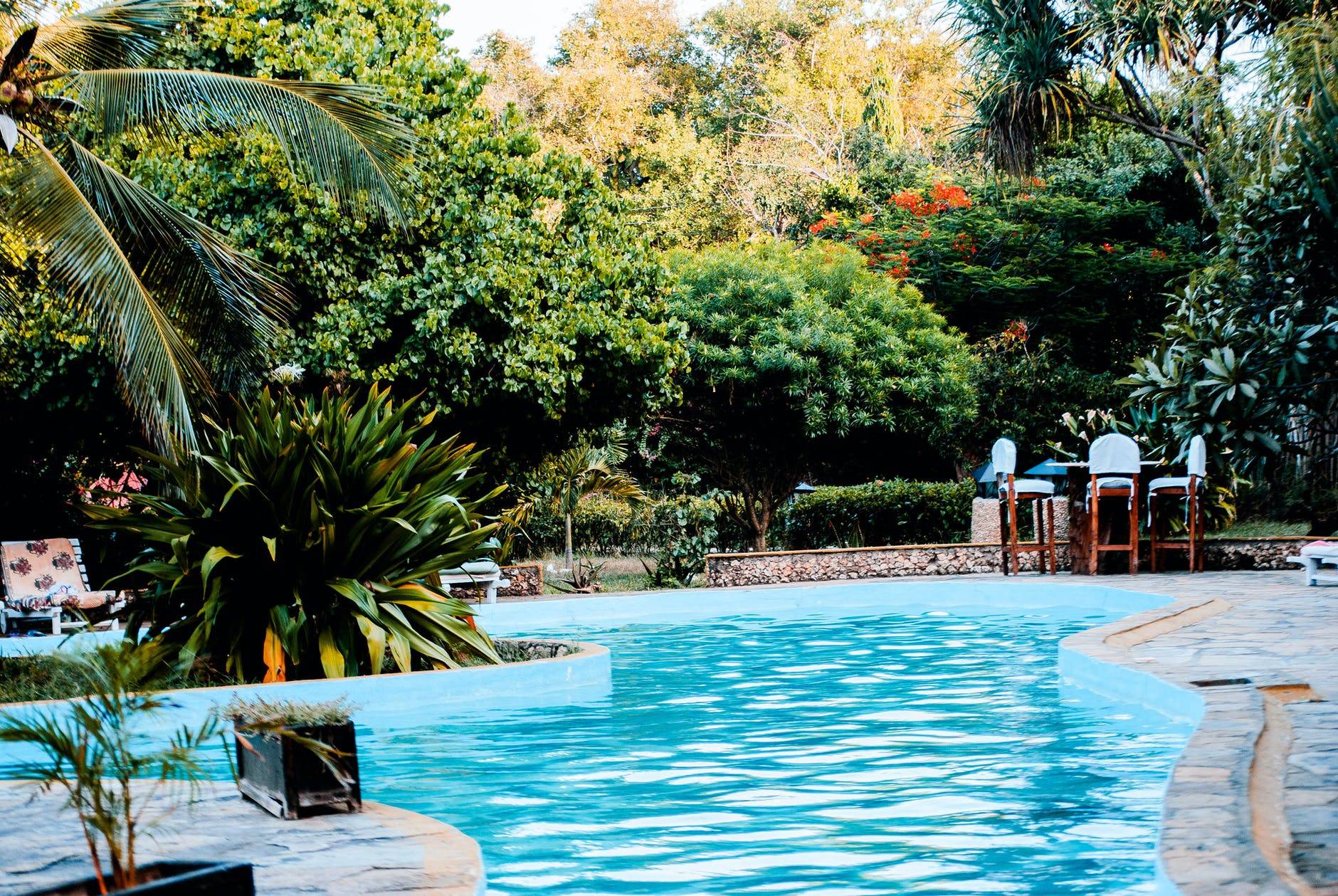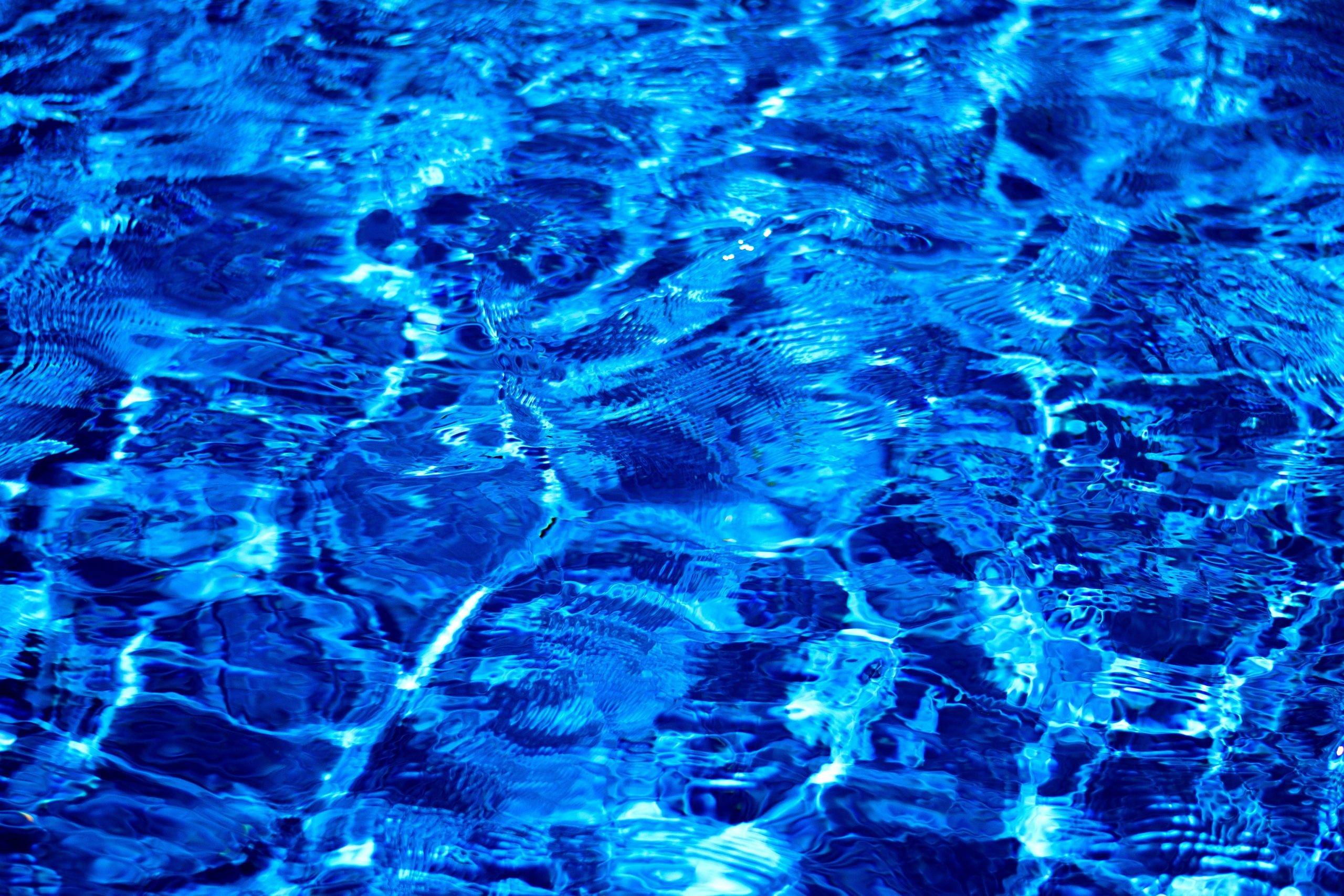The L1 ANSI standard is just not up to the Taylor accuracy. It's not you it is the chemistry and the technology. Trust the Taylor reagents. They are the "gold standard."
I just updated the CYA testing article last fall. CYA test is turbidity test and highly dependent on light. Read the CYA testing article, it will help you.
I conversed with Taylor, over a period of time, to understand. You need to use indirect lighting to see the turbidity. You need strong indirect lighting, with the sun to your back, vial in the shadow of your body. Very roughly speaking, direct overhead sunlight is around 100,000 lux, strong indirect light (i.e. shaded from the sun) is around 10,000 lux, an overcast sky is around 1000-5000 lux but varies on how overcast (which is why a bright white cloud overcast is still OK), indoors is usually < 1000 even in a bright kitchen (more typically 500 lux). Sunlight, even on an overcast day, will provide more accurate results than indoor lighting. See the article for obscured, or order the 50ppm standard (that is how I learned).





